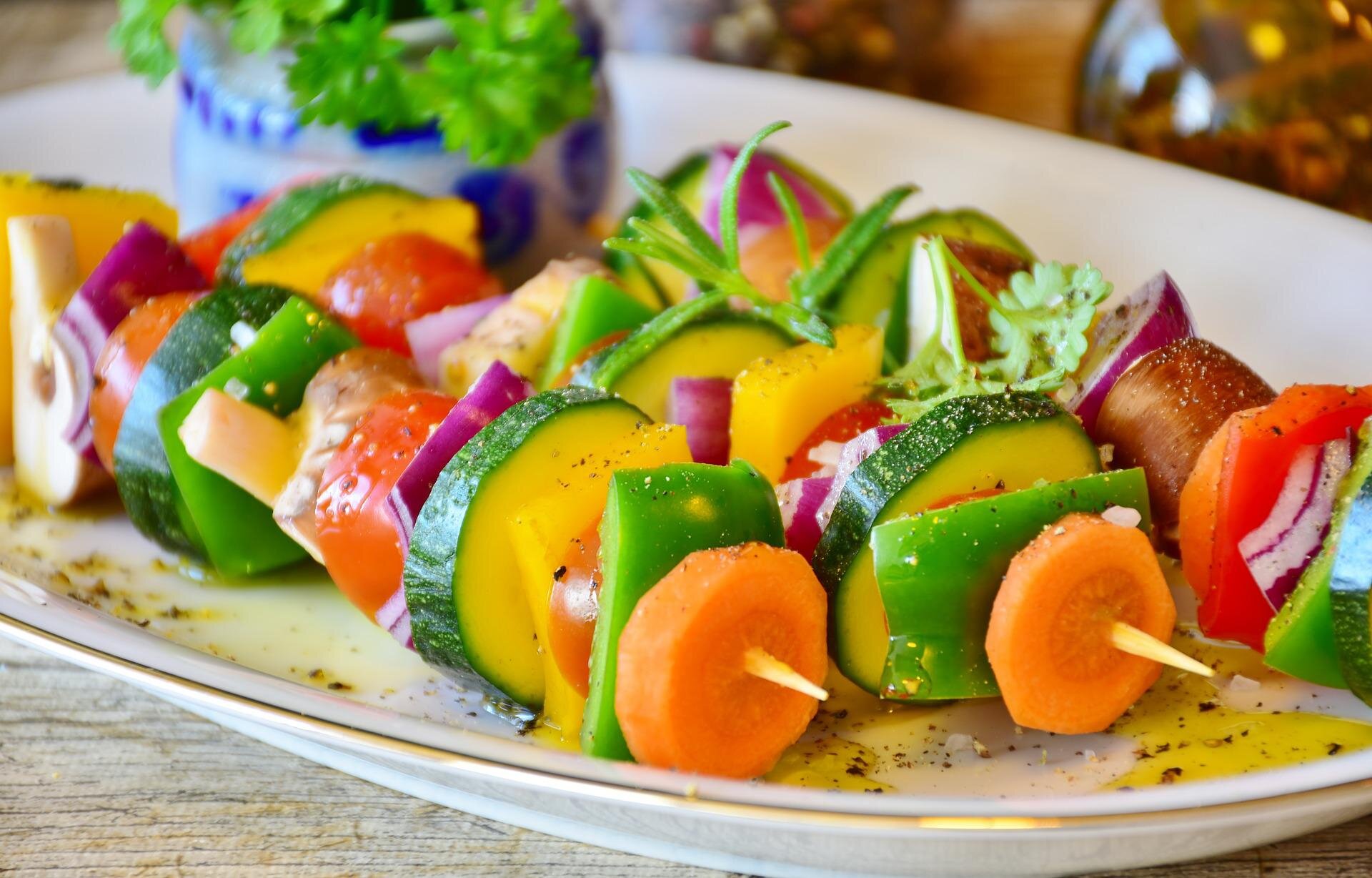‘Incredibly intelligent, highly elusive’: US faces new threat from Canadian ‘super pig’
For decades, wild pigs have been antagonizing flora and fauna in the US: gobbling up crops, spreading disease, and even killing deer and elk. Now, as fears over the potential of the pig impact in the US grow, North America is also facing a new swine-related threat, as a Canadian “super pig”, a giant, “incredibly intelligent, highly elusive” beast capable of surviving cold climates by tunneling under snow, is poised to infiltrate the north of the country country.
The wild pigs are also responsible for a laundry list of environmental damages, ranging from eating innocent farmers’ crops to destroying trees and polluting water. They also pose “a human health and safety risk”, Marlow said. A pig is a “mixing vessel”, capable of carrying viruses, such as flu, which are transmittable to humans. National Geographic reported that pigs have the potential to “create a novel influenza virus”, which could spread to humankind.Brook and others are particularly troubled by the emergence of a “super pig”, created by farmers cross-breeding wild boar and domestic pigs in the 1980s. The result was a larger swine, which produced more meat, and was easier for people to shoot in Canadian hunting reserves.
For decades, wild pigs have been antagonizing flora and fauna in the US: gobbling up crops, spreading disease, and even killing deer and elk. Now, as fears over the potential of the pig impact in the US grow, North America is also facing a new swine-related threat, as a Canadian “super pig”, a giant, “incredibly intelligent, highly elusive” beast capable of surviving cold climates by tunneling under snow, is poised to infiltrate the north of the country country.
The wild pigs are also responsible for a laundry list of environmental damages, ranging from eating innocent farmers’ crops to destroying trees and polluting water. They also pose “a human health and safety risk”, Marlow said. A pig is a “mixing vessel”, capable of carrying viruses, such as flu, which are transmittable to humans. National Geographic reported that pigs have the potential to “create a novel influenza virus”, which could spread to humankind.Brook and others are particularly troubled by the emergence of a “super pig”, created by farmers cross-breeding wild boar and domestic pigs in the 1980s. The result was a larger swine, which produced more meat, and was easier for people to shoot in Canadian hunting reserves.







